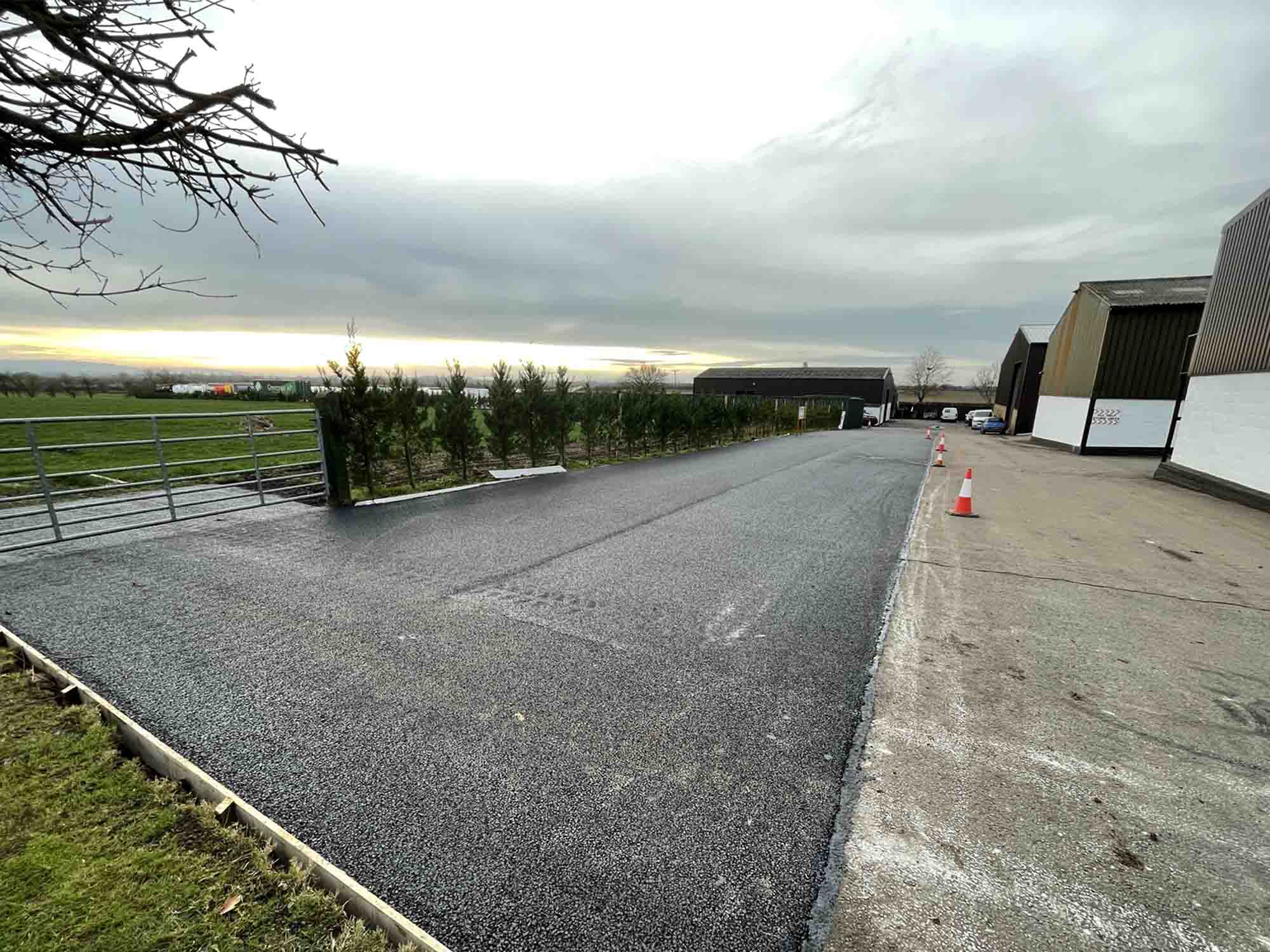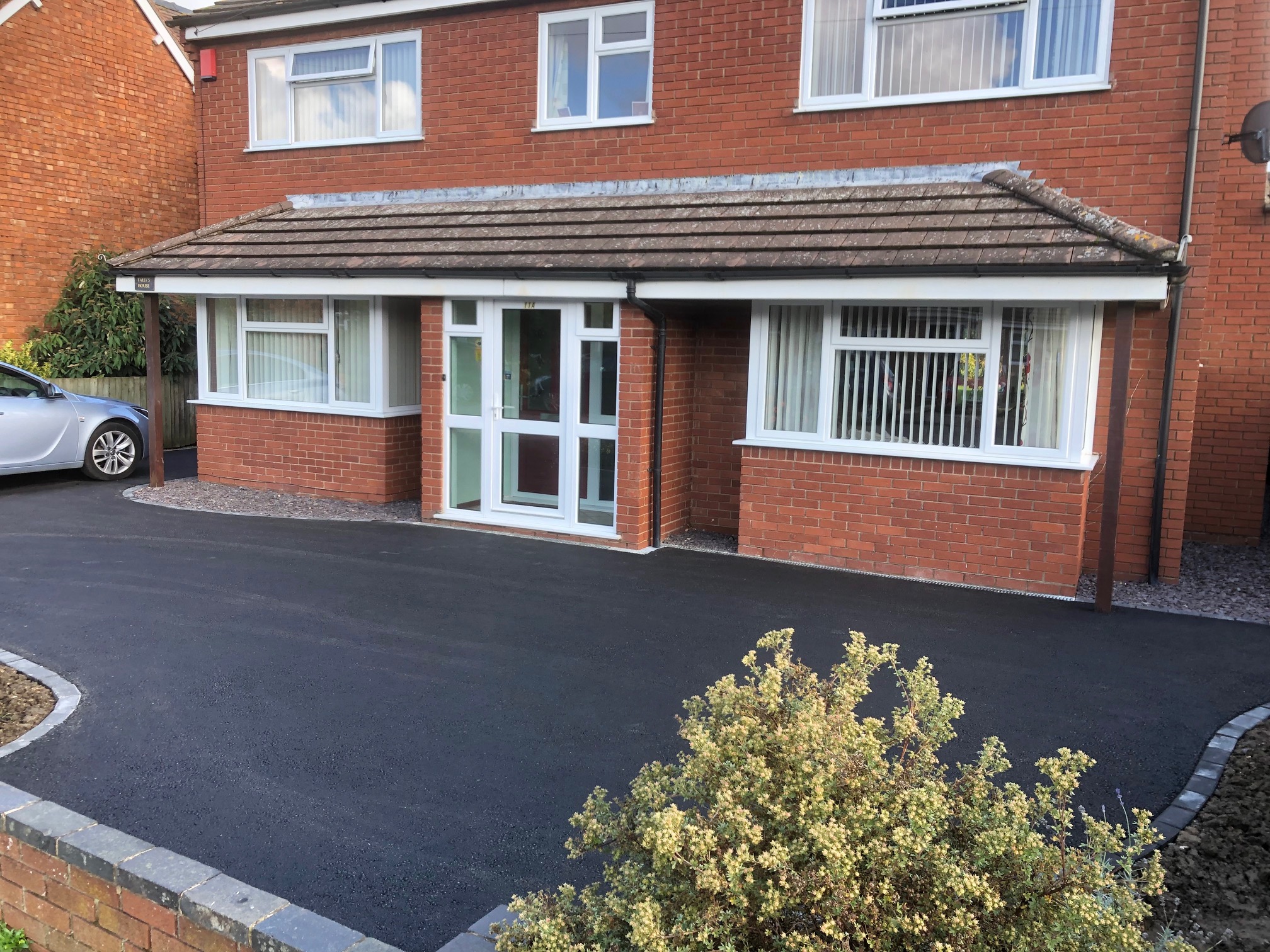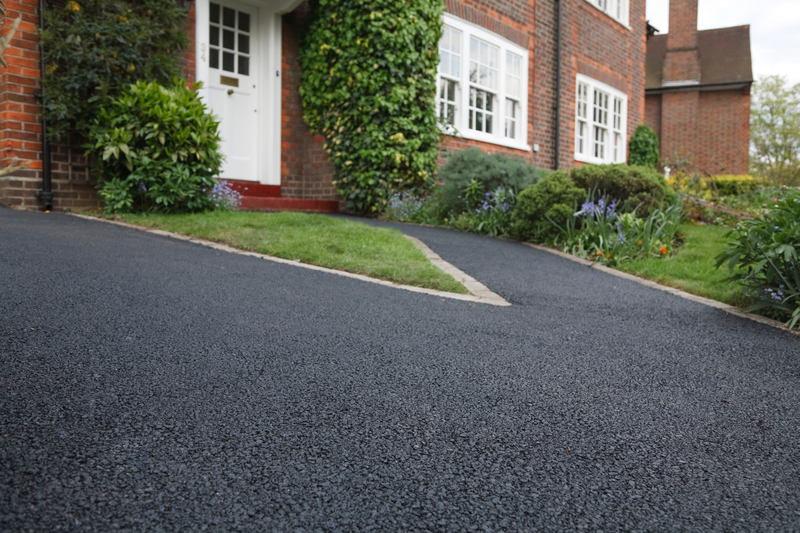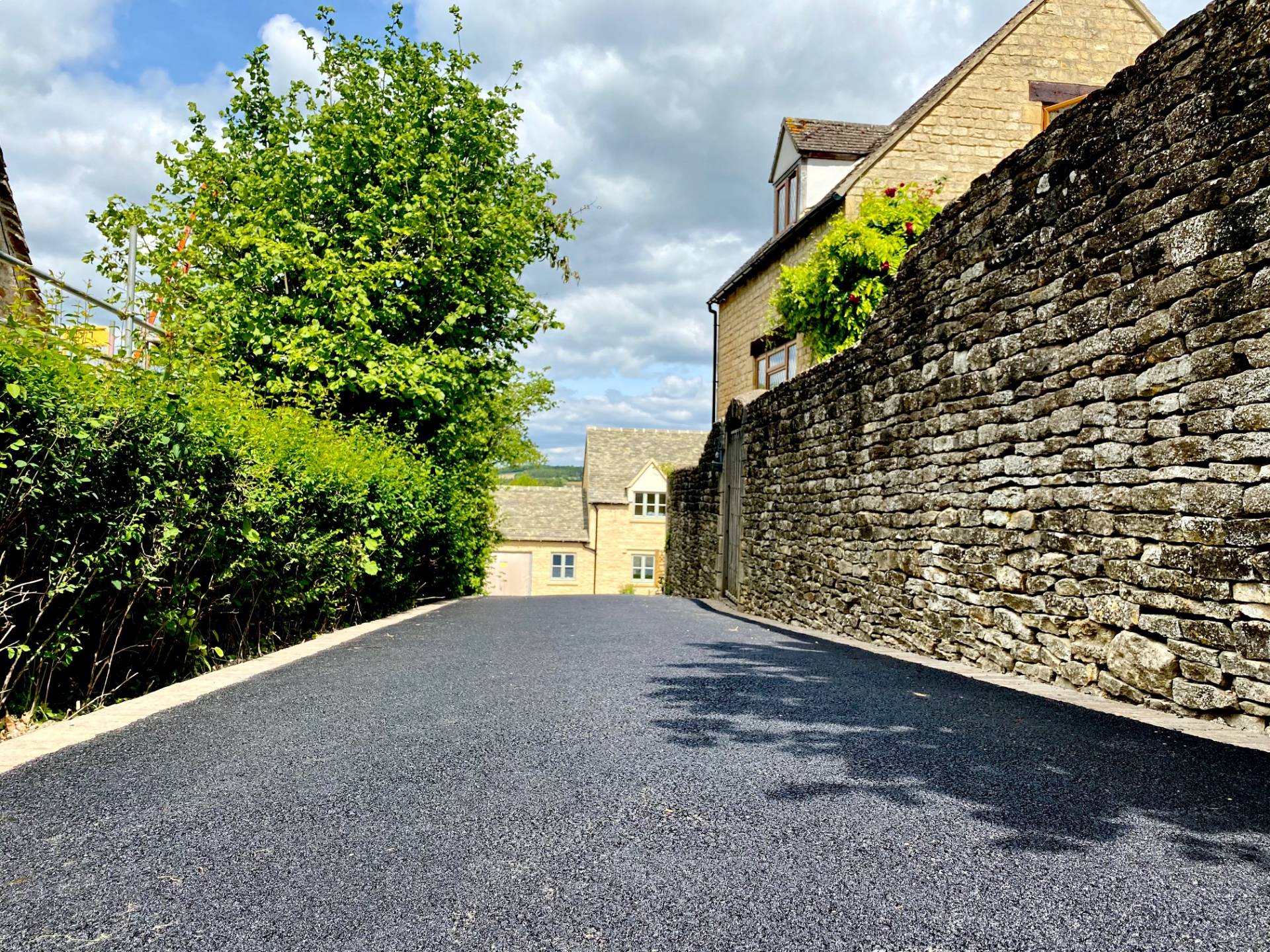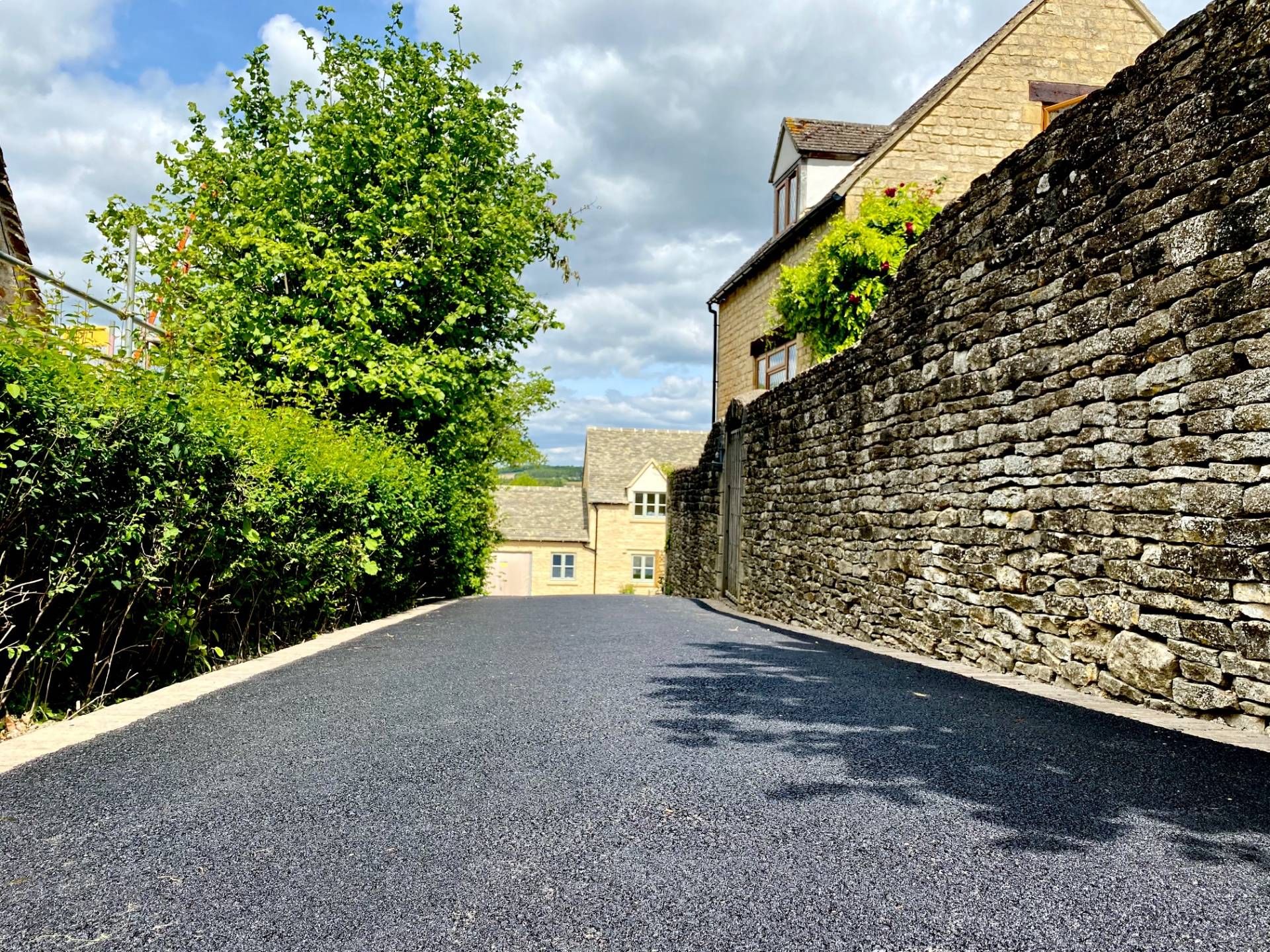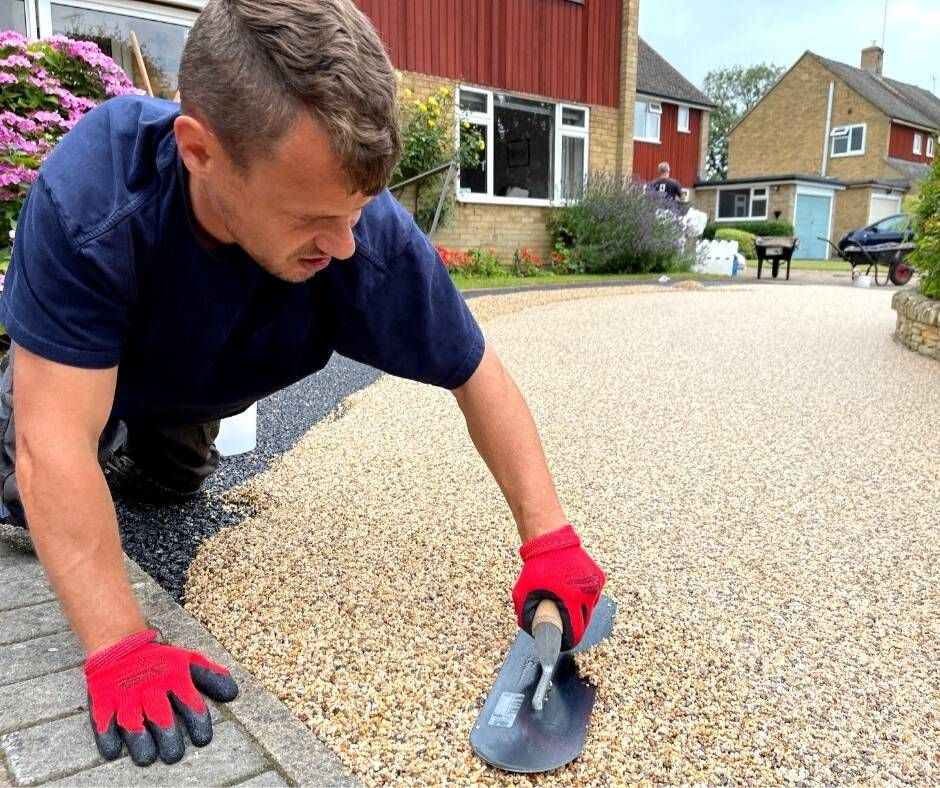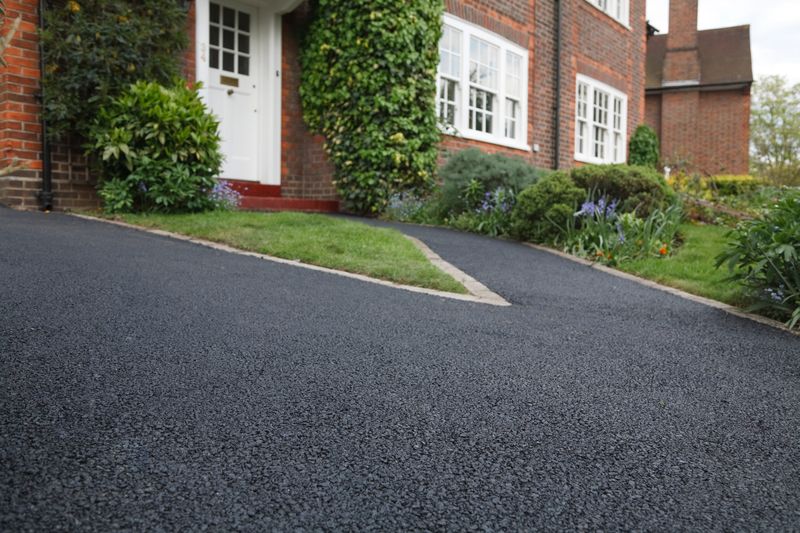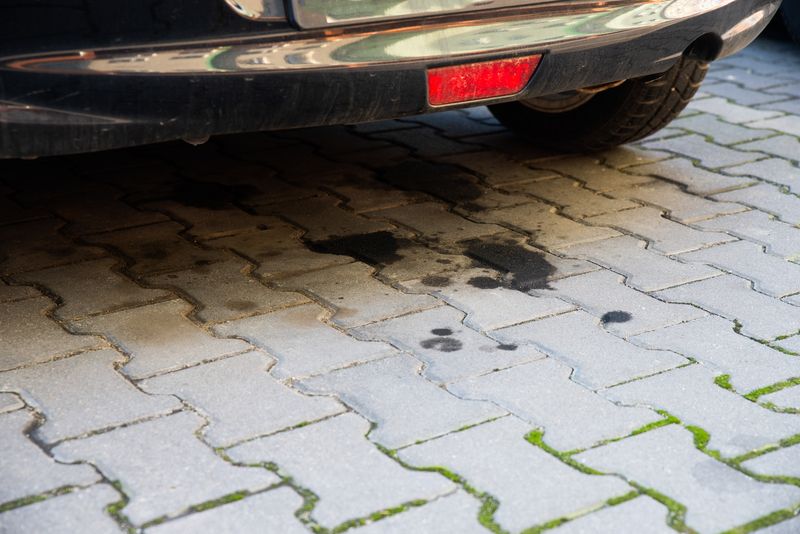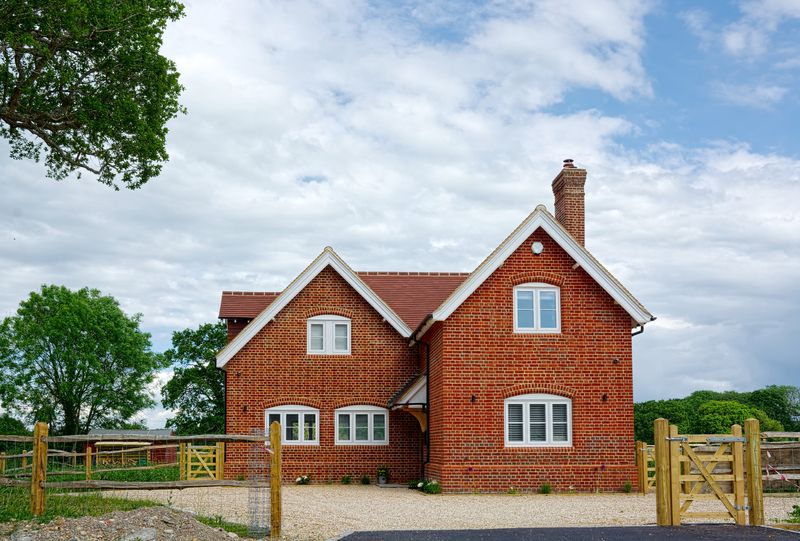
Do you need planning permission for a tarmac driveway?
Blog
When it comes to enhancing your home's curb appeal and functionality, installing a tarmac driveway might be your first choice. The installation is simple, the costs are relatively low, and the longevity can give you confidence in your driveway for years to come. However, before you can start deciding whether a tarmac driveway is the choice for you, it's essential to consider the regulatory aspect: planning permission.
Understanding whether you need planning permission for a tarmac driveway is not just a matter of compliance but can also impact your project's feasibility and success. In this article, we will delve into the importance of navigating the intricacies of planning permission for tarmac driveways, shedding light on the regulations, benefits, and processes involved in obtaining approval for this significant upgrade to your home's exterior.
What is Planning Permission?
Before we learn about the laws surrounding the installation of a new tarmac driveway, you must understand what planning permission is.
Planning permission is the official consent required from the local government or relevant authority before carrying out certain types of development on a property or land. It's a legal requirement that you must obtain before making specific alterations or additions to your home or property.
This permission is typically needed for activities such as building new structures, making significant alterations to existing buildings, changing the use of a property, or carrying out major landscaping projects.
Why is planning permission required?
Planning permission ensures that developments adhere to local zoning regulations, building codes, and overall planning policies to manage urban growth in a sustainable and organised manner. It is a process governed by local planning authorities that regulates the development of land and buildings, ensuring that projects align with zoning regulations, environmental concerns, and the overall aesthetics of the area.
Planning permission is crucial for specific home improvements due to several key reasons:
- Compliance: Obtaining planning permission ensures that proposed developments comply with the regulations and standards set by local authorities. This helps maintain consistency in construction practices and provides safety and quality in building projects.
- Environmental Impact: Planning permission plays a vital role in controlling the environmental impact of construction projects. It considers drainage systems, landscaping plans, and sustainability measures to minimise environmental and surrounding ecosystems' adverse effects.
- Aesthetics: Another important aspect of planning permission is its role in preserving the visual harmony of neighbourhoods. By regulating the design and appearance of new developments, planning permission contributes to maintaining an area's character and charm, ensuring that new constructions blend seamlessly with the existing architectural landscape.
So, do you need planning permission for a tarmac driveway?
In short - the answer is: it depends. In many cases, installing a tarmac driveway does require planning permission, but it depends on factors such as the size of the driveway, the location of the property, and any specific regulations set by local authorities.
Let's take a closer look at planning permission, tarmac installation, and the laws in the UK regarding tarmac drive planning permission.
What factors affect the need for planning permission?
While tarmac driveways are popular for homeowners seeking a durable and visually appealing surfacing solution for their properties, certain factors affect the need for planning permission.
Key Factors Affecting the Need for Planning Permission:
- Property Location: Regulations can vary based on whether the property is in a conservation area, near a listed building, or within a designated zone.
- Driveway Size: Larger driveways or those significantly altering the front garden space may require planning permission.
- Local Authority Guidelines: Each local authority may have specific rules regarding tarmac driveways that homeowners must adhere to.
Let's look at these below in more detail so we can understand these requirements a bit better.
Permeability:
In the UK, there are regulations concerning the permeability of driveways and the need for planning permission. Permeable or porous surfaces, such as permeable tarmac, allow water to drain through them, helping to prevent issues like flooding and water runoff. However, this is not the case for most tarmac or asphalt driveway surfaces.
Non-Permeable Tarmac
In the UK, planning permission is required for non-permeable driveways to address concerns related to surface water drainage. Non-permeable driveways can contribute to increased surface water runoff, which may lead to flooding and overwhelm drainage systems. By obtaining planning permission, local authorities can ensure proper drainage solutions are in place to mitigate these issues and protect the local environment.
If you're considering installing a tarmac driveway in the UK, it's essential to ensure that it meets the permeable surface requirements outlined by the government. Failure to comply with these regulations could result in the need for planning permission. It's recommended to consult with local authorities or a professional to understand your area's specific guidelines and rules regarding permeable surfaces and driveway installations.
Size:
Regulations exist regarding the size of the driveway, its distance from property boundaries, and any impact on neighbouring properties. If your tarmac driveway measures less than five square metres, you most likely will not need permission for its installation, even if it's not permeable. This falls under the "permitted development" category in many regions.
However, if you require a tarmac space larger than five square metres, this size loophole will not apply, and you will have to obtain planning permission. So, while five metres is adequate for a single parking space, this exemption could pose challenges if you intend to create a larger driveway.
Visual Impact:
Another important aspect to consider when considering the factor of planning permission for tarmac driveways is the Visual Impact. Local authorities often have guidelines concerning tarmac driveways' colour, finish, and overall aesthetic appearance.
These regulations aim to preserve the visual harmony of the neighbourhood by ensuring that driveways contribute positively to the overall look and feel of the area. Adhering to these guidelines can be crucial when seeking planning permission for a tarmac driveway installation.
Process of Obtaining Planning Permission:
Now that you have a better idea of whether your tarmac driveway requires planning permission, you can begin the process of obtaining it.
Understanding the steps involved, effective submission strategies, and potential challenges can streamline the approval process and ensure compliance with local regulations.
How to Apply:
How to apply for planning permission will depend on your local area. You can find more information on the website, but we've compiled a general list of what you need to consider when applying:
- Research Local Regulations: Familiarise yourself with the specific planning guidelines and restrictions related to tarmac driveways in your area.
- Prepare Detailed Plans: Create detailed plans and drawings of the proposed driveway, highlighting dimensions, materials, and landscaping considerations.
- Submit Application: Complete the planning permission application form provided by your local authority, ensuring all necessary documentation is included.
- Engage with Planning Officers: Communicate effectively with planning officers, address any queries promptly, and provide additional information as requested.
- Wait for Decision: Await the decision on your planning application, which may involve a consultation period or additional requests for modifications.
Tips on Navigating the Process Effectively:
- Seek Professional Advice: Consult with a planning advisor or architect familiar with local regulations to guide you.
- Be Thorough: Provide detailed and accurate information in your application to avoid delays or rejections.
- Communicate Clearly: Maintain open communication with planning authorities and proactively address any feedback or concerns.
- Consider Alternatives: Prepare contingency plans if your initial application faces challenges or requires modifications.
- Environmental Impact: Mitigate environmental concerns by incorporating sustainable drainage solutions or landscaping elements into your driveway design.
- Regulatory Compliance: Ensure strict adherence to local planning regulations to minimise the risk of objections or delays in the approval process.
Why Choose Tarmac Driveways
Now that you know a bit more about the planning permission process and how to apply for the permission - let's take a little look at why Tarmac is a great choice for you.
Tarmac driveways offer a range of advantages that make them a popular choice among homeowners looking to enhance the functionality and aesthetics of their properties. Understanding these benefits showcases the value of tarmac driveways and provides insights into why obtaining planning permission for such installations can be justified.
Advantages of Tarmac Driveways:
- Durability: Tarmac is a durable material that can withstand heavy vehicles and extreme weather conditions, ensuring long-term performance.
- Low Maintenance: Tarmac driveways are relatively low maintenance, requiring occasional resealing to maintain their appearance.
- Cost-Effective: The average tarmac driveway cost and labour costs associated are typically more cost-effective than other driveway materials, making it an attractive option for budget-conscious homeowners.
- Quick Installation: Tarmac driveways can be installed quickly, as it's easy to lay tarmac - minimising disruption to daily activities during construction.
- Versatility: Tarmac can be easily shaped and coloured to suit different property styles and preferences.
Alternative Options:
When considering driveways and tarmac driveway cost, you may want to explore alternative options to tarmac driveways that offer distinct advantages and may not require planning permission.
By comparing different driveway materials, understanding their pros and cons, and considering eco-friendly alternatives, individuals can make informed decisions tailored to their specific needs and preferences.
- Gravel Driveways: Gravel driveways are a cost-effective and versatile option that can add a rustic charm to the property. They often do not require planning permission in certain areas.
- Block Paving: Block paving offers a customisable aesthetic with various colours and patterns. While it may require planning permission, it provides a durable and visually appealing driveway solution.
- Permeable Pavers: Permeable pavers allow for water drainage, making them an eco-friendly choice that can contribute to sustainable landscaping practices.
Conclusion
As you embark on the journey to enhance your property with a tarmac driveway, it's crucial to understand the intricacies of obtaining planning permission. Knowing the rules surrounding local regulations is crucial in determining whether planning permission is required to change your new or existing driveway. By familiarising yourself with these guidelines, you can ensure that your project aligns with the requirements for approval.
Contact us today if you want to learn more about tarmac driveway costs, asphalt driveways, concrete, resin, and more. We're here to create your dream driveway, whether from scratch or your existing driveway surface; our specialists will help you get the job done.

